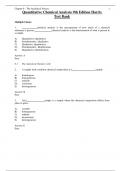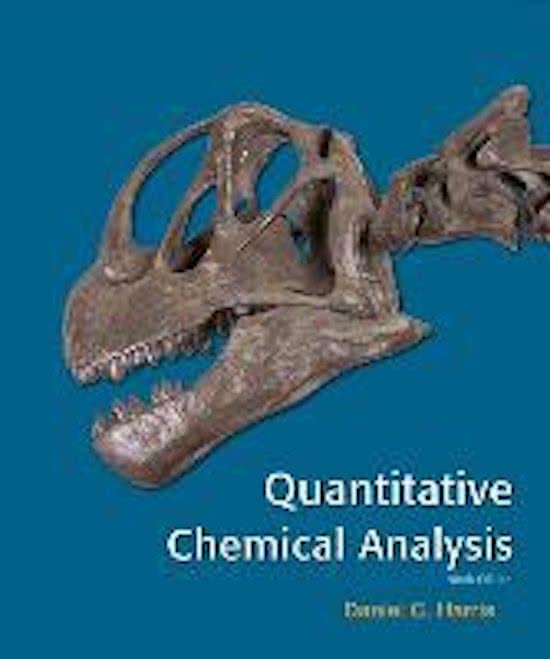Exam (elaborations)
Complete Test Bank Quantitative Chemical Analysis 9th Edition Harris Questions & Answers with rationales (Chapter 1-28)
- Course
- Institution
- Book
Quantitative Chemical Analysis 9th Edition Harris Test Bank Complete Test Bank Quantitative Chemical Analysis 9th Edition Harris Questions & Answers with rationales (Chapter 1-28) PDF File All Pages All Chapters Grade A+
[Show more]




